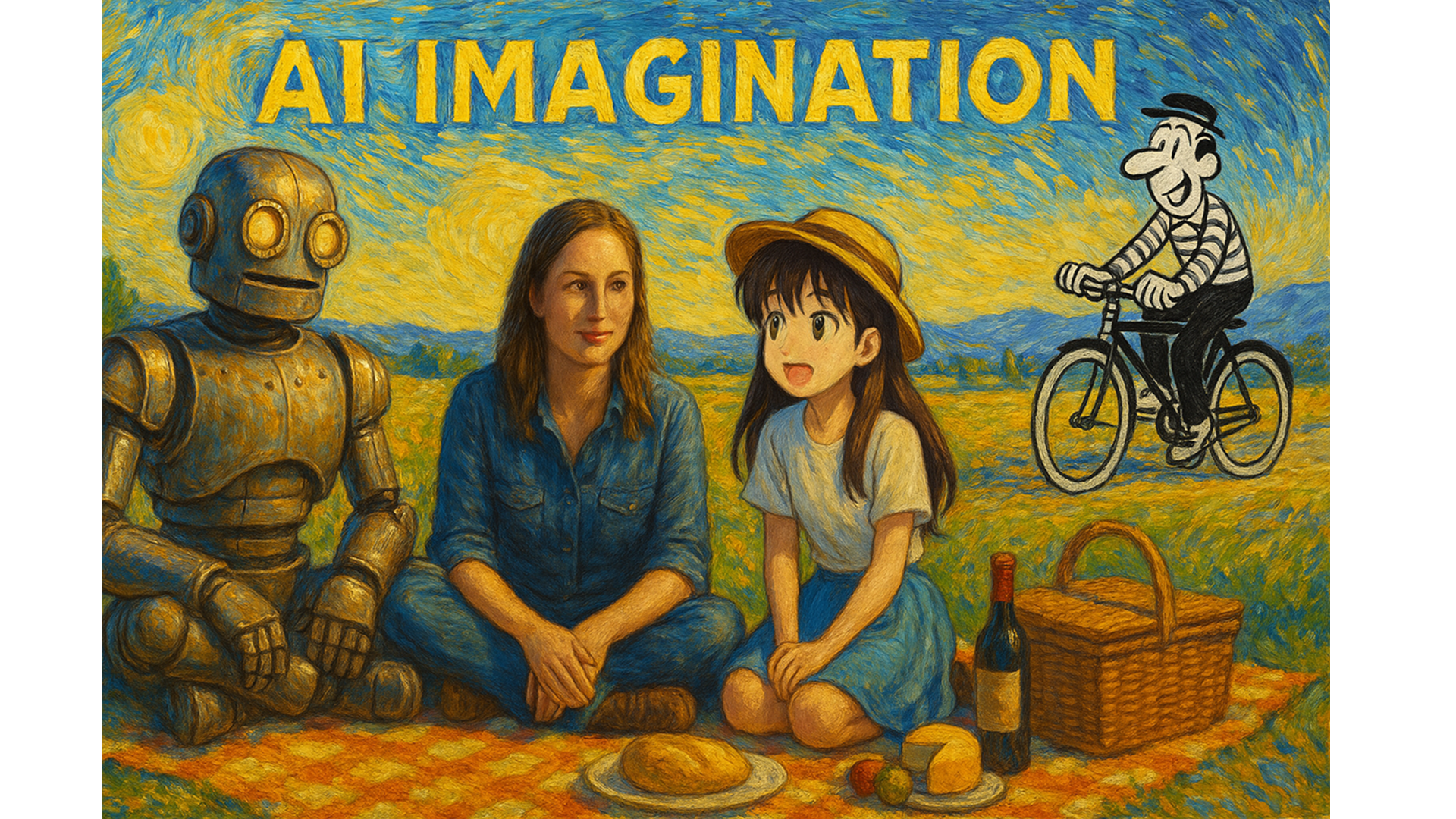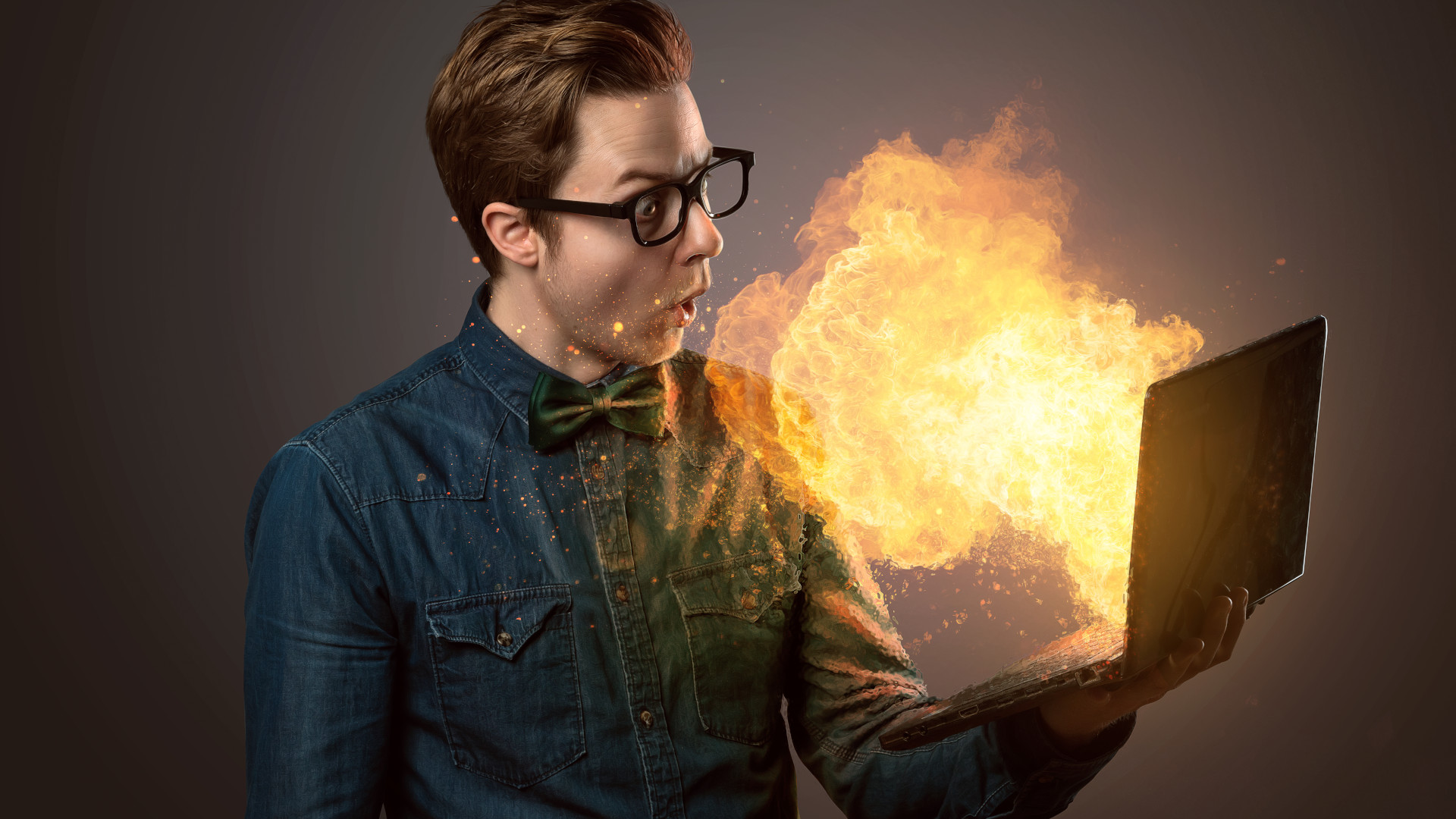Developer Offer
Try ImaginePro API with 50 Free Credits
Build and ship AI-powered visuals with Midjourney, Flux, and more — free credits refresh every month.
AI Image Energy Drain Surpasses Common Gadgets
 (Image credit: Generated by ChatGPT)
(Image credit: Generated by ChatGPT)
The Hidden Energy Cost of Your AI Masterpieces
Ever asked ChatGPT to whip up an action figure of yourself or transform a photo into a classical painting? Beyond the digital wizardry, each whimsical image comes with a surprising energy price tag: around 4,402 joules.
This isn't a wild guess. It's based on diligent research recently featured in MIT Technology Review. Investigators delving into OpenAI's operations pinpointed this 4,402-joule figure as the approximate energy cost for a single high-quality image from ChatGPT. And OpenAI isn't alone; Google Gemini, Midjourney, Stability AI’s Stable Diffusion, and their AI art-generating peers all sip from a similar power-intensive cocktail of GPU time, server cooling, and cloud infrastructure every time they conjure an image from your text.
For most of us, 4,402 joules doesn't immediately ring a bell. It's not how we typically measure our daily energy use. That's why we're breaking it down, comparing it to familiar household appliances. Visualizing this energy, then multiplying it by the millions of AI images generated daily, might just make you pause and consider the real power AI commands.
Everyday Gadgets vs AI Image Power A Surprising Showdown
Let's see how common household items stack up against the energy needed for one AI-generated image.
LED Bulbs
 (Image credit: Ikea)
(Image credit: Ikea)
Kicking off with energy-efficient LED bulbs. A standard LED uses about 10 joules per second (or 10 watts). They're designed for minimal energy use, and leaving them on for hours barely nudges your energy bill. Yet, it only takes about seven minutes for an LED bulb to consume as much energy as one AI image. If you illuminated enough LEDs to match the energy of millions of AI images created daily, you'd likely be visible from space.
Charging Phones
 (Image credit: Getty Images)
(Image credit: Getty Images)
What about charging your phone? If your phone battery is completely drained, a full charge takes roughly 8.4 watt-hours, or 30,240 joules. That's equivalent to the energy for about seven ChatGPT images. Since most of us top up our phones incrementally, think of it this way: every 15 minutes of charging your phone uses about the same energy as creating one AI image. Compare all you can do on your phone with that 15-minute charge to a single AI picture, and the energy cost of AI art starts to become clearer.
Laptops
 (Image credit: Shutterstock / lassedesignen)
(Image credit: Shutterstock / lassedesignen)
Laptops sometimes get a bad reputation for being energy hogs, but in sleep mode, they're practically napping. A typical laptop draws around one watt per hour while asleep, translating to 3,600 joules. So, you could let your laptop snooze for over an hour and still use less energy than summoning a single AI image from ChatGPT.
Blenders
 (Image credit: Breville)
(Image credit: Breville)
Blenders: loud, aggressive, and seemingly devouring electricity with every spin. The reality? They're more show than consumption. A typical countertop blender operates at about 500 watts. If you power it up to crush ice for five seconds – enough time to turn a few cubes into snow – you're using around 2,500 joules. That's just over half the energy needed to generate one AI image. This highlights the impressive efficiency of your blender's brief, violent culinary work compared to birthing a digital hallucination. If you use your blender daily for morning smoothies, you’d need to blend for nearly nine seconds to match the energy use of a single image.
Electric Toothbrush
 (Image credit: Rights free)
(Image credit: Rights free)
Electric toothbrushes might sound like they could drain a small battery in moments, but they barely sip power during a standard brushing routine. An electric toothbrush, running for the dentist-approved two minutes, consumes about 0.006 watt-hours of energy, which is just under 22 joules. You could brush your teeth twice a day for over three months or generate a single AI image with the same amount of energy. And if you occasionally (or often) skimp on the full two minutes, the comparison is even more dramatic. You might theoretically brush your teeth hundreds of times using the energy it takes to create just one AI image.
AI Energy Thirst The Bigger Picture and Future Concerns
Counterintuitively, crafting images with AI still demands less energy than generating lengthy text. This is because image-producing models limit the parameters they work with to achieve their visual magic. Otherwise, the AI model would likely take much longer to decide on a specific look and style for the final image.
“Large [text] models have a lot of parameters,” researcher Jae-Won Chung explained to the Review. “Even though they are generating text, they are doing a lot of work.”
Nevertheless, the energy consumed by numerous AI images quickly adds up. The 4,402 joules, repeated billions of times a month, represents a colossal energy expenditure. This has a ripple effect: more energy means more heat generated by data centers, demanding more water for cooling, and consequently, more emissions, unless primarily powered by renewables.
This is something AI companies should keep at the forefront, and users should also be mindful. Because every time you prompt an AI to paint a neon sushi dragon soaring on a hoverboard, you're not just conjuring a whimsical image; you're rapidly consuming more power than your blender does for your morning smoothie.
Compare Plans & Pricing
Find the plan that matches your workload and unlock full access to ImaginePro.
| Plan | Price | Highlights |
|---|---|---|
| Standard | $8 / month |
|
| Premium | $20 / month |
|
Need custom terms? Talk to us to tailor credits, rate limits, or deployment options.
View All Pricing Details

